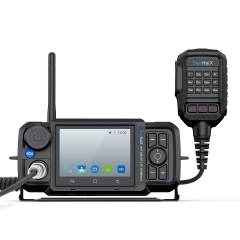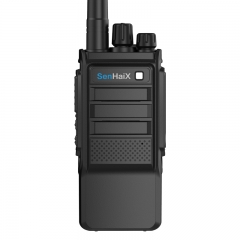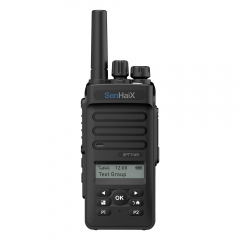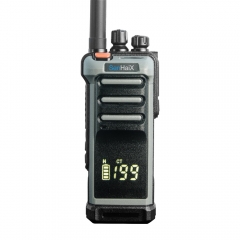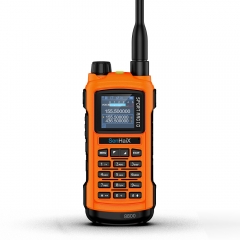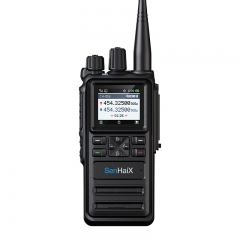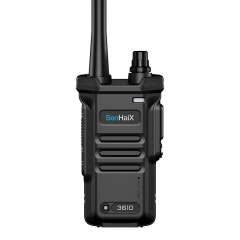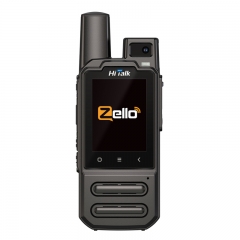One of the key differences between UHF and VHF is their frequency range. VHF frequency ranges from 30 MHz to 300 MHz while UHF frequency ranges from 300 MHz to 3 GHz. This means that UHF has a higher frequency range than VHF. Due to its higher frequency, UHF is used for shorter range communication, while VHF is used for long-range communication. For example, VHF is commonly used in radio broadcasting, while UHF is used for wireless microphone systems.
Frequency and wavelength are inversely proportional to each other. So, a higher frequency has a shorter wavelength. Thus, UHF has a shorter wavelength than VHF. Due to its shorter wavelength, UHF has a stronger and more focused signal, making it suitable for line-of-sight communication. On the other hand, VHF has a longer wavelength, which allows it to penetrate obstacles better. This makes it ideal for long-distance communication.
Propagation is a term used to describe how a signal travels in a particular frequency band. UHF signals are generally line-of-sight and do not pass through obstructions well, which means that they cannot travel through walls or other obstacles. This also makes UHF ideal for communication in crowded areas like cities. VHF signals, on the other hand, have a longer wavelength that can easily pass through various obstacles and can even travel over the horizon. This makes them apt for long-range communication in rural areas.
Zusammenfassend lässt sich sagen, dass sich UHF und VHF in ihrem Frequenzbereich, ihrer Wellenlänge, ihrer Ausbreitung und ihren Anwendungen unterscheiden. Obwohl beide Vor- und Nachteile haben, sind sie beide für verschiedene Arten von Kommunikationssystemen unerlässlich. Das Verständnis dieser Unterschiede kann dabei helfen, fundierte Entscheidungen zu treffen und gleichzeitig ein Kommunikationssystem auszuwählen, das einem bestimmten Bedarf gerecht wird. Es kommt also auf den jeweiligen Anwendungsfall und die Anwendungsanforderung an.


















